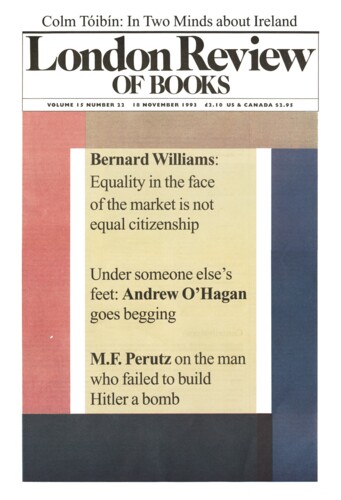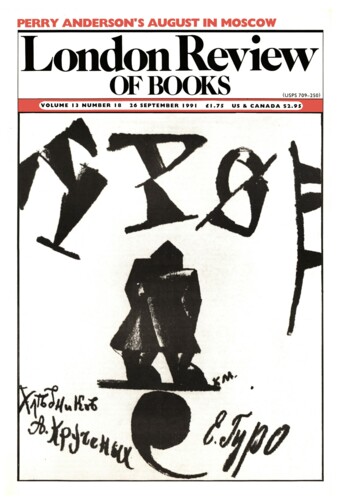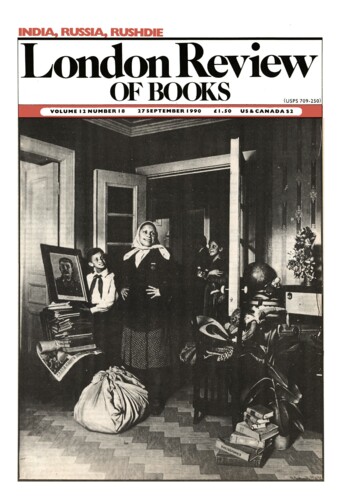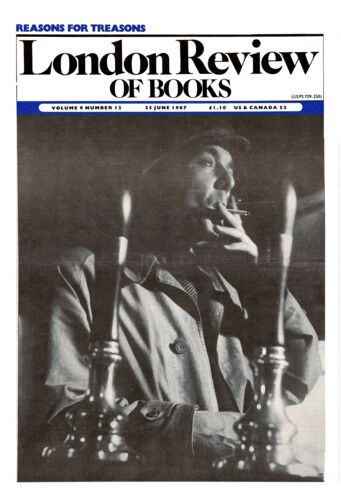Diary: Memories of J.D.Bernal
M.F. Perutz, 6 July 2000
In 1936, after four years of chemistry at Vienna University, I took the train to Cambridge to seek out the Great Sage, and asked him: ‘How can I solve the riddle of life?’ ‘The riddle of life is in the structure of proteins,’ he replied, ‘and it can be solved only by X-ray crystallography.’ The Great Sage was John Desmond Bernal, a flamboyant Irishman with a mane of fair hair, crumpled flannel trousers and a tweed jacket. We called him Sage, because he knew everything, from physics to the history of art. Knowledge poured from him as from a fountain, unselfconsciously, vividly, without showing off, on any subject under the sun. His enthusiasm for science was unbounded.‘





